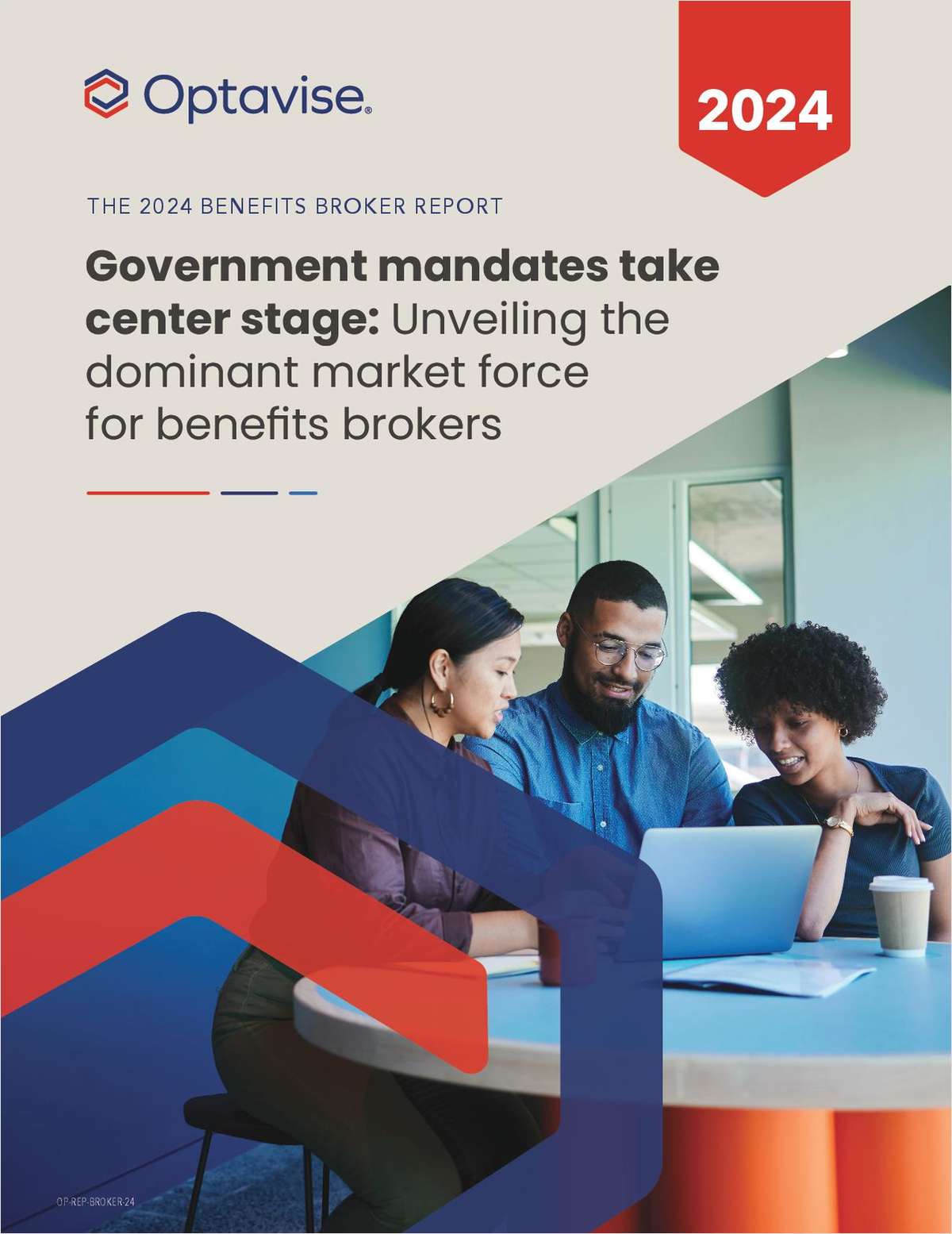 The SOA report examines life expectancy of teachers, cops, firefighters first responders–and general employees separately. (Photo:Shutterstock)
The SOA report examines life expectancy of teachers, cops, firefighters first responders–and general employees separately. (Photo:Shutterstock)
When the Society of Actuaries published updated mortality tablesin 2014, it relied primarily on data from private sector pensionplans.
|But the SOA's Retirement Plans Experience Committee also reachedout to three “very large public/private” pension plans, accordingto the SOA.
|“Our request for data went to a handful of public plans,”explained Dale Hall, managing director of research at the Societyof Actuaries. “From that (2014) study we noted differences inpublic plan mortality. That led to a request for data from publicplans.”
|While the SOA has a long history of mortality study research,longevity tables and life expectancy research drawn specificallyfor public plans have never been produced by the Society, untilnow.
|In January, SOA released its Public Retirement Plans MortalityTables Report, a first-ever look at the life expectancy of publicsector pensioners. The tables, which took five years to amass, arebased on data from 78 plans in 35 public pension systems.
|The report examines life expectancy of teachers, safetyprofessionals–cops, fire fighters, and first responders–and generalemployees separately.
|In some lines of work, public pension participants are livinglonger than counterparts in private-sector plans.
|Female teachers are living the longest among public sectorpensioners, with a life expectancy of 90.03 years, while maleteachers had a life expectancy of 87.7 years.
|Male first responders had a life expectancy of 85.27 years,compared to 87.68 for female first responders. Among generalemployees, the tables show females living to 88.48 years, and males85.49 years.
|Longer lives than in private sector
SOA's mortality tables for the private sector show the average65-year old female can be expected to live to 87.8 years, while theaverage male can be expected to live to be 85.8 years. SOA madedownward revisions to its initial 2014 tables after considerablepushback from the private sector, which was bracing forsignificantly higher pension funding requirements under the newscales.
|With the exception of first responders, females in the publicsector have longer life expectancies than women in the privatesector pension plans. Male teachers can be expected to live almost2 years more than men in the private sector. Female teachers can beexpected to live more than 2.2 more years than women in privatesector pensions.
|Aggregate funding shortfalls for the nation's public pensionsvary by different calculations, but most agree the numbers aredramatic.
|Last year, a Pew Charitable Trust study of state pension fundsfound a cumulative deficit of $1.4 trillion—assets were $2.6trillion against $4 trillion in liabilities. When applying a 6.5percent assumed return on invested assets, instead of the medianassumption of 7.5 percent in state plans, the funding gap jumps to$1.7 trillion, Pew found.
|Longevity is a key factor actuaries use to determine pensionplan liabilities. In its preliminary findings published lastAugust, SOA said the “mortality assumptions for many (public) plansmay be lagging behind current aggregate mortality experience amongpublic plans.”
|Public plans use widely varied morality assumptions, SOA said.About 37 percent of public pension use a static mortalityprojection, which provide a snapshot of mortality rates at a givenpoint of time.
|Another 58 percent of plans use a generational projection, amore conservative measurement that accounts for improvements ofmortality going forward.
|But even among public plans that are using the moreconservative, and sophisticated, generational method, more thanhalf are using private-sector mortality tables published before2014, SOA found.
|Are public pensions now even worse off?
All of which begs a politically charged question: Under SOA'snew public sector mortality tables, are public pensions even worseoff than they already are?
|Not necessarily, says Todd Tauzer, a director at S&P GlobalRatings who analyzes state and local pension plans.
|“There are a lot of pension systems out there,” said Tauzer, whopreviously spent seven years at CalPERS analyzing risk for thenation's largest public pension plan.
|Large plans like CalPERS already use their own mortality tablesbased on data from their own participants. “SOA's new study wasdone by going to all of the large plans,” said Tauzer. “Theyalready use their own experience. So basically, there is nosurprise in the new tables for those plans.”
|But not all plans are as large as CalPERS, where Tauzer says theactuarial work is done in-house. “Mid-sized and small plans don'thave a large enough population to determine longevity on adependable basis. You need a base number of lives to create yourown tables.”
|And smaller plans may not have the bandwidth or resources todevelop pension-specific mortality assumptions.
|“Some plans may have one or two in-house actuaries, and farm outwork to consultants,” he said. “That can cost more. Those plans mayprefer to use SOA tables, and depend on them to a much greaterextent.”
|Tom Aaron, vice president at Moody's Investors Service, saidmortality expectations can have a “significant impact” on publicpension liabilities.
|“In recent years, there have been several examples wheremortality assumption updates by US public pension systems havedriven material liability increases,” said Aaron.
|CalSTRS, California's pension for teachers, updated itsmortality assumptions in 2017, which in part led to a 4.5 percentdecrease in that plan's funded level.
|In 2015, New York updated its pension fund to reflect SOA's 2014mortality tables. That resulted in 4 percent contribution increasesto the Empire state's two pensions. Vermont updated its mortalityassumptions in 2017, increasing that state's unfunded liabilitiesby $10 million.
|From the perspective of ratings agencies, SOA's new tables won'tcreate across-the-board funding shocks for public pensions.
|But some plans will be impacted. “While some public systems maycontinue to use outdated mortality assumptions, most review thesekey assumptions periodically to gauge their performance againstactual experience,” said Aaron.
|S&P's Tauzer said there are outlier pensions that are“behind the ball” on mortality assumptions.
|“But from our perspective, if you have a plan keeping up todate, the change will not be that great. If plans are usingoutdated tables, it is significant. It's all about context,” saidTauzer.
|State teacher retirement systems stand to be most impacted,given the increased longevity of teachers.
|A study of 50 states and the District of Columbia's teacherretirement systems by the National Council on Teacher Quality putthe aggregate underfunding of teachers' pensions at $516 billion in2016. Only seven states had pensions funded at 90 percent orbetter.
|For teacher pensions that don't calculate plan-specificmortality tables, the SOA's new data could result in liabilityincreases up to 5 percent, said Tauzer.
|SOA plans continued updates for public plans
Hall said the SOA plans to continually update its new mortalitytables for public plans, as it is for private sector plans. Anupdate for the latter is slated for 2019. He expects public planswill also be updated on a five-year basis.
|He also emphasized that the new tables are intended to be usedas benchmarks and a “broad” starting point for pensions to updateplan-specific mortality tables.
|A variety of inputs influence mortality assumptions, and vary byplan. As an example, Hall noted how health and wellness programsinfluence longevity.
|“We think this is a very helpful benchmark for actuaries andplan sponsors to consider,” said Hall.
Complete your profile to continue reading and get FREE access to BenefitsPRO, part of your ALM digital membership.
Your access to unlimited BenefitsPRO content isn’t changing.
Once you are an ALM digital member, you’ll receive:
- Critical BenefitsPRO information including cutting edge post-reform success strategies, access to educational webcasts and videos, resources from industry leaders, and informative Newsletters.
- Exclusive discounts on ALM, BenefitsPRO magazine and BenefitsPRO.com events
- Access to other award-winning ALM websites including ThinkAdvisor.com and Law.com
Already have an account? Sign In
© 2024 ALM Global, LLC, All Rights Reserved. Request academic re-use from www.copyright.com. All other uses, submit a request to [email protected]. For more information visit Asset & Logo Licensing.








